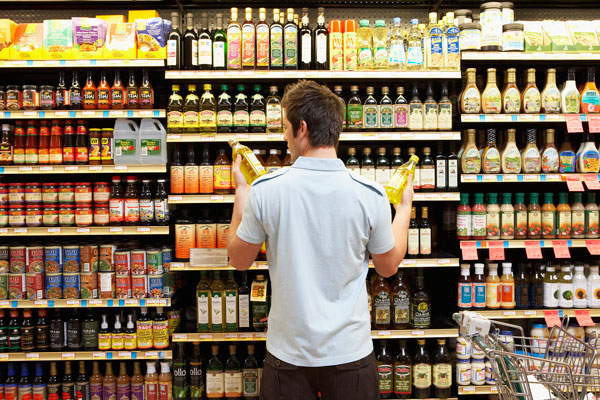When you step into a store, it is well-organized with products and brands placed exactly how you would like to purchase. Planogramming is a technique used to erect visual placement of products and brands accordingly to maximum the sale volume which is its aim. Stores and merchandise chains are aware of this mode of Planogram which is in layman’s term also known as the placement of products in such as way that increases customer’s attention and sales volume considerably. There are a number of planogram diagrams that can be employed depending on the size and volume of products in the store. Whenever a manufacturer unveils a product, it does not necessarily find its way to the stores where it is placed randomly but a planogram is done in order to ensure the right place for product placement for optimum sales.

There are various Visual and Commerce model used under Planogram, thus, enhancing the overall sales volume. There are number of element that are taken into consideration and concluding which a planogram is done. It could be vertical, horizontal, block based placement depending upon the average footfall of customers in the concerned aisle of products. A planogram is also influenced by the product category and pace of sales and thus, it is very crucial to get maximum profit.
The Art of Planogramming
A delicate and sensitive organization of like products are taken into consideration for planogram. It is also a strategy based on human psychology and behavior which are often triggered in order to induce customers to purchase the items into their carts. As per planogramming, it is imminent that products that are placed on eye-level shelves are the high-selling region when compared to top and lower shelves. Also, all the products available under the same category such as Condiments, Cereals, etc are placed in the same aisle along with few other related products that the customers can consume with cereals or so. In turns, it triggers and induces customers to purchase the items in the same aisle. Furthermore, the placement of products on shelves places an important role. For instance, stores tend to place sugary products like Chocolates that are often categorised as kid-centric products in the lower shelves at the eye level of kids, therefore, escalating sales and revenue further.
Stores have number of models and diagrams available via planogramming which they can employ in order to generate sales. There are ample of benefits and significance of using planogram which are further discussed. For instance, proper use of allocated space available in placing products at the right place is significant. Whenever planogram is used, it optimizes sales per shelf and also makes merchandise and products appear well-organized and attractive. Moreover, this technique helps the stores to fight space crunch by maximising the usage per inch compared to what it would be without planogram. The technique of planogramming originated in K-Mart and now, it is used across the globe by retail chains.










Comments are closed.